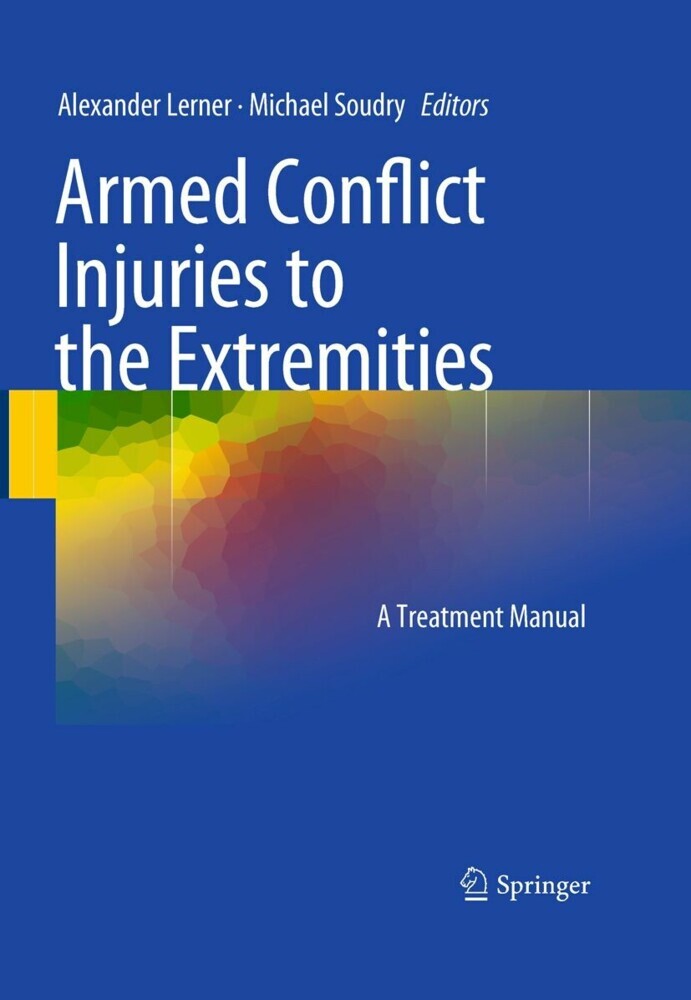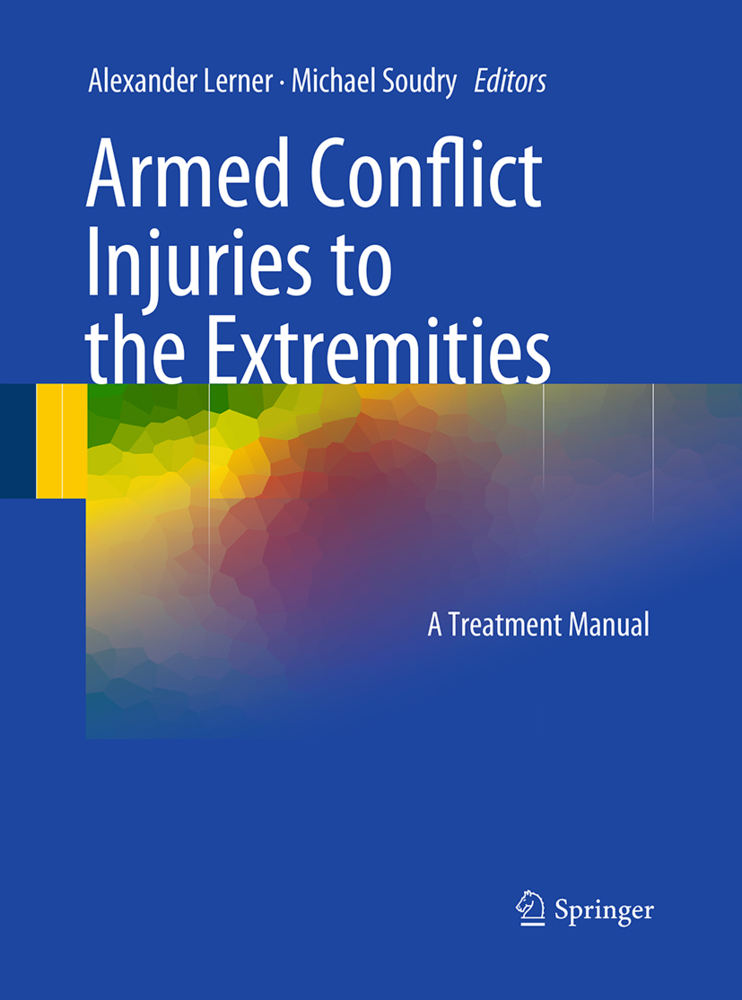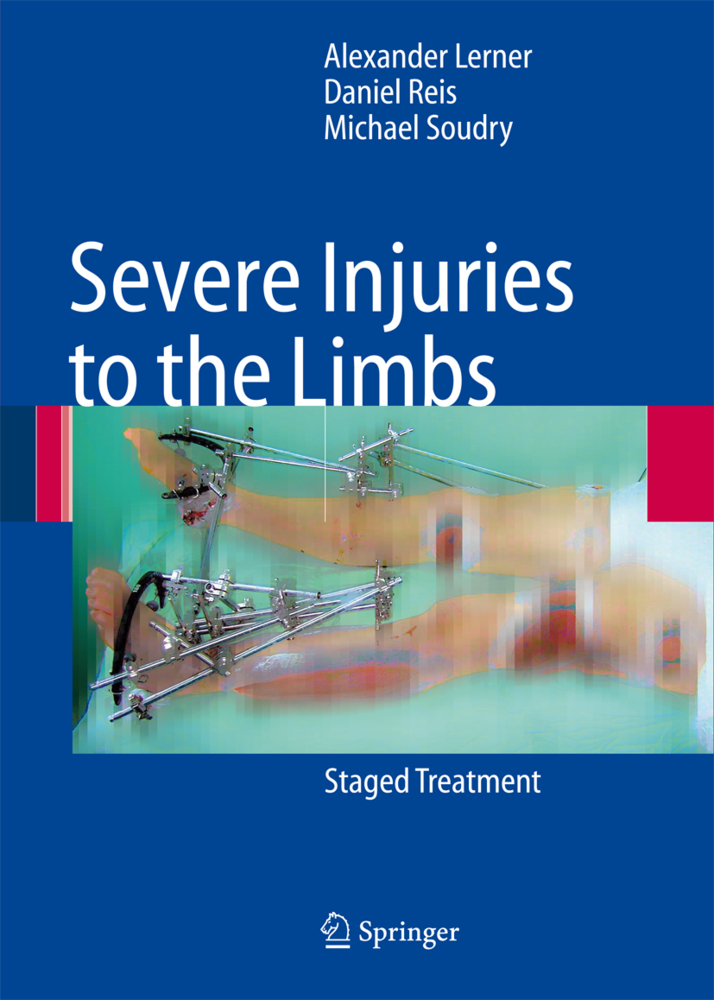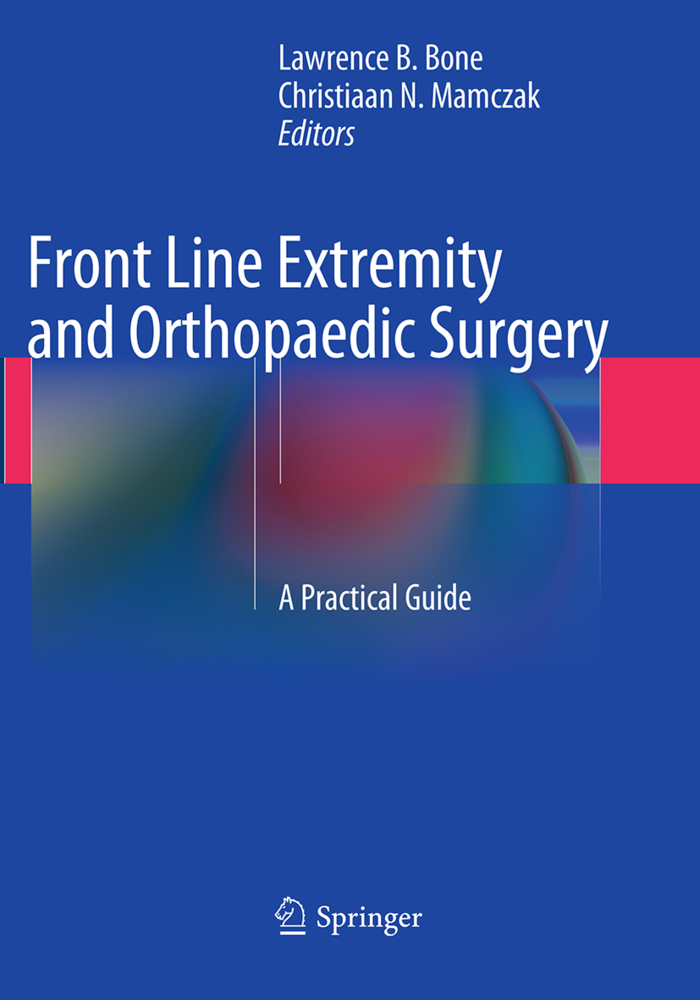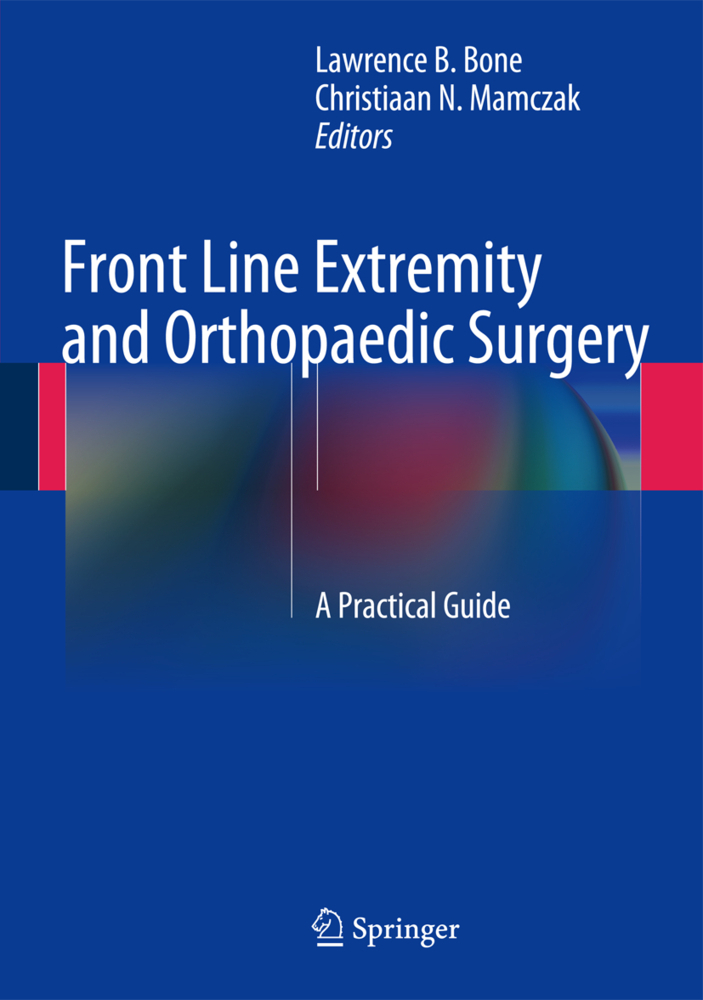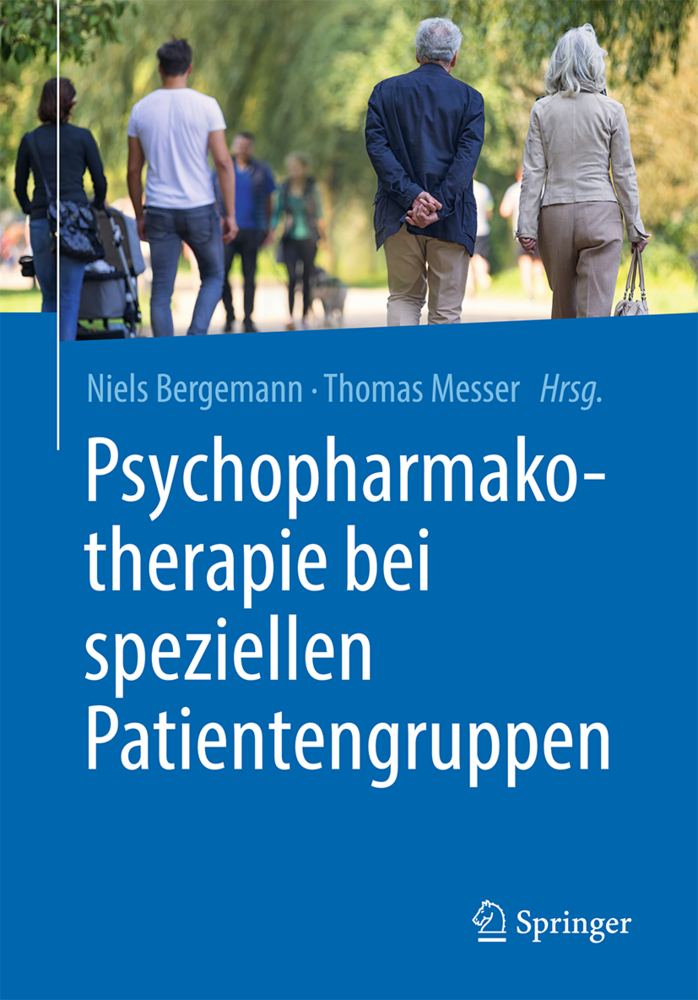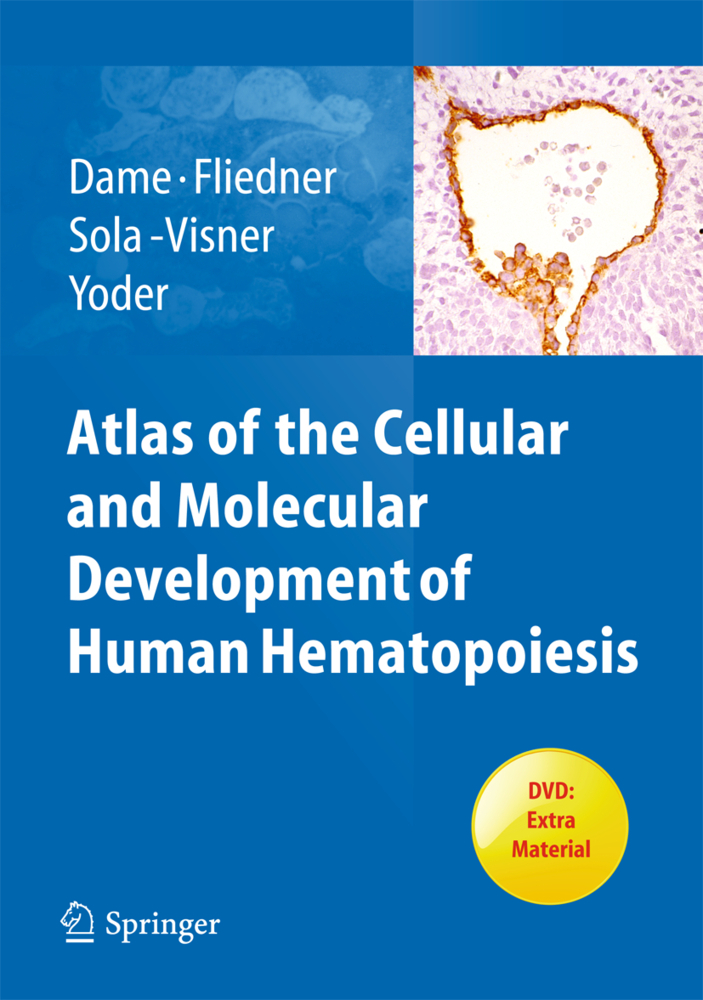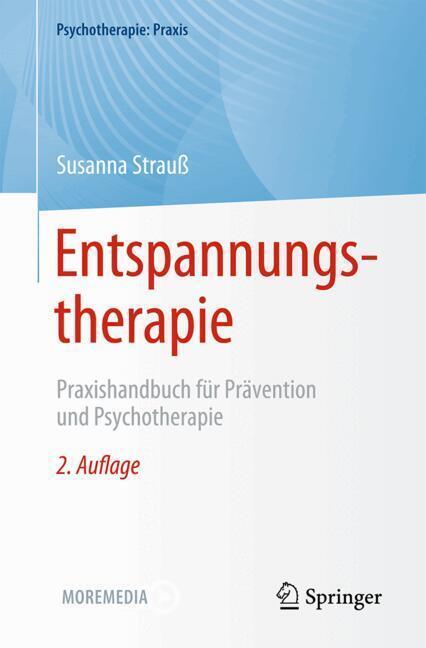Armed Conflict Injuries to the Extremities
This book is designed to meet the continued need to re-learn the principles of treatment of complex war injuries to the extremities in order to minimize post-traumatic and post-treatment complications and optimize functional recovery. Most of the chapters are based on the unique experience gained in the treatment of military personnel who have suffered modern combat trauma and civilian victims of terror attacks at a single, large level 1 trauma center. The remaining chapters present the experience of leading international authorities in trauma and reconstructive surgery. A staged treatment protocol is presented, ranging from primary damage control through to definitive functional limb reconstruction. The organization of medical aid, anesthesiology, diagnostic imaging, infection prophylaxis, and management of complications are reviewed, and a special chapter is devoted to the challenging dilemma of limb salvage versus amputation in the treatment of limbs at risk.
Alexander Lerner is working at the Rambam Medical Center in Haifa, Israel, which is specialised in the treatment of military and civilian casualties. He is an orthopaedic surgeon, member in a number of international learned societies, has lectured worldwide and has heavily published in international journals.
1;Dedication;6 2;Foreword;8 3;Preface;10 4;Portraits of the Editors;12 5;Acknowledgments;14 6;Contents;16 7;1: Organization of Urgent Medical Aid, Including Mass Casualty and Triage;18 7.1;1.1 Introduction;18 7.2;1.2 Surge Capacity;18 7.3;1.3 Leadership;19 7.4;1.4 Hospital Incident Command System;21 7.5;1.5 Blood Product Management and Planning;22 7.6;1.6 Communication/Information Systems;22 7.7;1.7 Characterization of Injuries;23 7.8;1.8 Triage;24 7.8.1;1.8.1 Triage - A Brief History;24 7.8.2;1.8.2 Tactical Combat Casualty Care and PHTLS in the Military;25 7.8.3;1.8.3 U.S. Military Triage and Underlying Principles;26 7.8.4;1.8.4 Triage - Practical Application;27 7.8.5;1.8.5 The Evacuation Chain;29 7.8.6;1.8.6 Summary;32 7.8.7;1.8.7 Initial Assessment and Life Support;32 7.9;1.9 Conclusion;35 7.10;References;36 8;2: Wound Ballistics and Tissue Damage;38 8.1;2.1 Introduction;38 8.2;2.2 Bullet and Projectile Ballistics;38 8.2.1;2.2.1 Material Contamination;43 8.2.2;2.2.2 Lead Toxicity;43 8.3;2.3 Blast Mechanisms and Tissue Damage;43 8.3.1;2.3.1 Heterotopic Ossification;47 8.4;References;48 9;3: Damage Control Orthopaedics;51 9.1;3.1 The Origin of Damage Control in Trauma;51 9.2;3.2 Damage Control and Hemorrhage;51 9.3;3.3 Resuscitation;55 9.4;3.4 The Evolution of Damage Control Orthopedics;57 9.5;3.5 Trauma and the Inflammatory Cascade;58 9.6;3.6 Long Bone Fixation in Damage Control;59 9.7;3.7 Damage Control and Pelvic Ring Injuries;61 9.8;References;64 10;4: Crush Injury of the Limbs and Acute Mechanical Muscle-Crush Compartment Syndrome;66 10.1;4.1 Introduction;66 10.2;4.2 History of MMCI;66 10.3;4.3 Acute Mechanical Muscle-Crush Compartment Syndrome;66 10.3.1;4.3.1 Pathology and Pathophysiology;66 10.3.2;4.3.2 Diagnosis;67 10.3.3;4.3.3 Management;67 10.3.3.1;4.3.3.1 General;67 10.3.4;4.3.4 Local;67 10.3.4.1;4.3.4.1 Open High-Energy Injury Crush Wound and Open MMCI (OCW);67 10.3.4.2;4.3.4.2 Closed MMCI - Acute Mechanical Muscle-Crush Compartment Syndrome;68 10.4;References;69 11;5: Anesthesia and Intensive Care of the Patient with Severe Extremity Trauma;71 11.1;5.1 Preoperative Evaluation and Treatment;71 11.1.1;5.1.1 Evaluation of Underlying Medical Conditions;71 11.1.2;5.1.2 Determination of Surgery Urgency;72 11.1.3;5.1.3 Preoperative Fasting;72 11.1.4;5.1.4 Laboratory Testing;73 11.1.5;5.1.5 Imaging Studies;73 11.2;5.2 Anesthetic Techniques;74 11.2.1;5.2.1 General Anesthesia;74 11.2.1.1;5.2.1.1 Endotracheal Intubation;74 11.2.1.2;5.2.1.2 Rapid Sequence Induction;75 11.2.1.3;5.2.1.3 Cervical Spine Injury;75 11.2.1.4;5.2.1.4 Laryngeal Mask Airway;75 11.2.2;5.2.2 Sedation;75 11.2.3;5.2.3 Regional Anesthesia;76 11.2.3.1;5.2.3.1 Spinal Anesthesia;77 11.2.3.2;5.2.3.2 Epidural Anesthesia;77 11.2.3.3;5.2.3.3 Peripheral Nerve Blocks;77 11.2.3.3.1;Nerve Blocks for the Upper Extremity;77 11.2.3.3.2;Nerve Blocks for the Lower Extremity;78 11.3;5.3 Intraoperative Management;79 11.3.1;5.3.1 Monitoring;79 11.3.2;5.3.2 Body Temperature Regulation;79 11.3.2.1;5.3.2.1 Patient Warming Techniques;80 11.4;5.4 Hemodynamic Stabilization;80 11.4.1;5.4.1 Hypovolemic Shock;80 11.4.2;5.4.2 Cardiogenic Shock;80 11.4.3;5.4.3 Obstructive Shock;81 11.4.4;5.4.4 Distributive Shock;81 11.4.5;5.4.5 Fluid Resuscitation;81 11.4.5.1;5.4.5.1 Crystalloid Solutions;82 11.4.5.2;5.4.5.2 Colloid Solutions;82 11.4.6;5.4.6 Inotropes and Vasopressors;82 11.4.7;5.4.7 Hypocalcemia;83 11.4.8;5.4.8 Glycemic Control;83 11.4.9;5.4.9 Resuscitation Goals;83 11.5;5.5 Postoperative Analgesia;83 11.5.1;5.5.1 Regional Techniques;83 11.5.2;5.5.2 Systemic Analgesia;83 11.6;5.6 Intensive Care;84 11.6.1;5.6.1 General Considerations;84 11.6.1.1;5.6.1.1 Some Issues to Consider;84 11.6.2;5.6.2 Rhabdomyolysis;85 11.6.2.1;5.6.2.1 Signs and Symptoms;85 11.6.2.2;5.6.2.2 Laboratory and Diagnostic Tests;85 11.6.2.3;5.6.2.3 Monitoring;85 11.6.2.4;5.6.2.4 Management;86 11.6.2.5;5.6.2.5 Outcome;86 11.6.2.6;5.6.2.6 Prevention;86 11.6.3;5.6.3 Thrombo-Embolic Complications;86 11.6.3.1;5.6.3.1 Deep
Lerner, Alexander
Soudry, Michael
| ISBN | 9783642161551 |
|---|---|
| Artikelnummer | 9783642161551 |
| Medientyp | E-Book - PDF |
| Auflage | 2. Aufl. |
| Copyrightjahr | 2011 |
| Verlag | Springer-Verlag |
| Umfang | 413 Seiten |
| Sprache | Englisch |
| Kopierschutz | Digitales Wasserzeichen |

